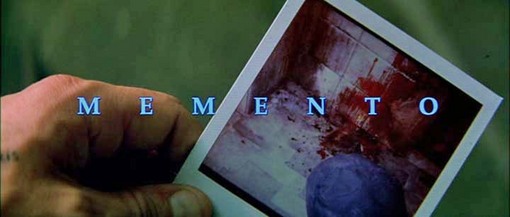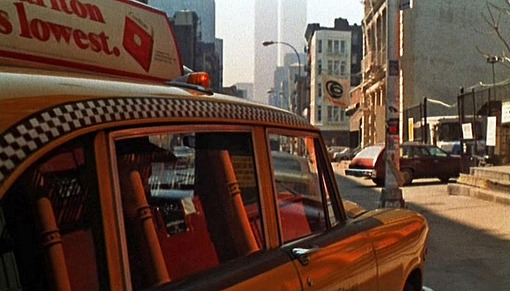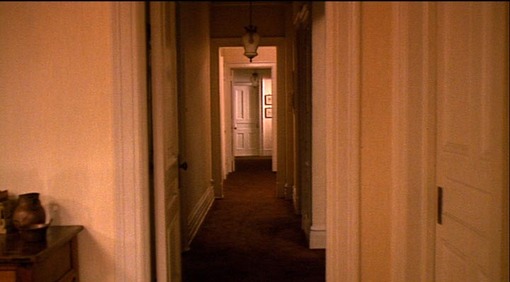Opening Shots: ‘2001: A Space Odyssey’
View image
From Jonathan Pacheco, Anna, TX:
Seemingly too easy of a choice, this film’s first shot meets your criteria perfectly. After a slightly creepy overture, we are blessed with shot of a barely visible moon. It slowly moves down as the earth rises above it, and even more distant, the sun rises above the earth.
All of this happens as “Also sprach Zarathustra” beams in the background, a song and tone poem based on a book that spoke about the journey in the evolution from ape to man to superman. Already, Kubrick is telling us exactly what will happen in the next couple of hours with just the music. The visuals are telling us exactly how his film should be approached: as a slow but massive epic, a film with concepts and visuals that should be pondered and revered, much like one is awed when looking up at the heavens. As an added bonus, the final shot in the film uses the first shot and takes it to the next level.
JE: Right you are, Jonathan. Kubrick composed his films with a thoroughly musical technique unlike any other director I can think of. (I’ve said it before: “Eyes Wide Shut” is ridiculous if seen as a straight narrative [it is, after all, based on a “Traumnovella” — or, “Dream Story”]; it’s magnificent when you look at it as a musical composition, using imagey the way musicians use sounds — thematic statements, colors, tempos, structure, repetition, development, variation…)
When we see the image of the planets and the monolith in alignment at the beginning of the film’s last movement (the psychedelic star trip into inner/outer space), we have that momentous sense that this is the climax of the picture, and it could take us anywhere — even if we don’t understand exactly what’s going on. And then, in the last few moments of the film, the spherical, planet-sized Star Child drifts into view…
I saw “2001” at the Cinerama Theater in Seattle when I was 10 years old. My life has never been the same since. Kubrick finds expression for the mystery and awe of being alive in this universe, at this time, by invoking images of the unimaginably distant past (“The Dawn of Man”) and the unimaginably near future (“Jupiter and Beyond the Infinite”).




